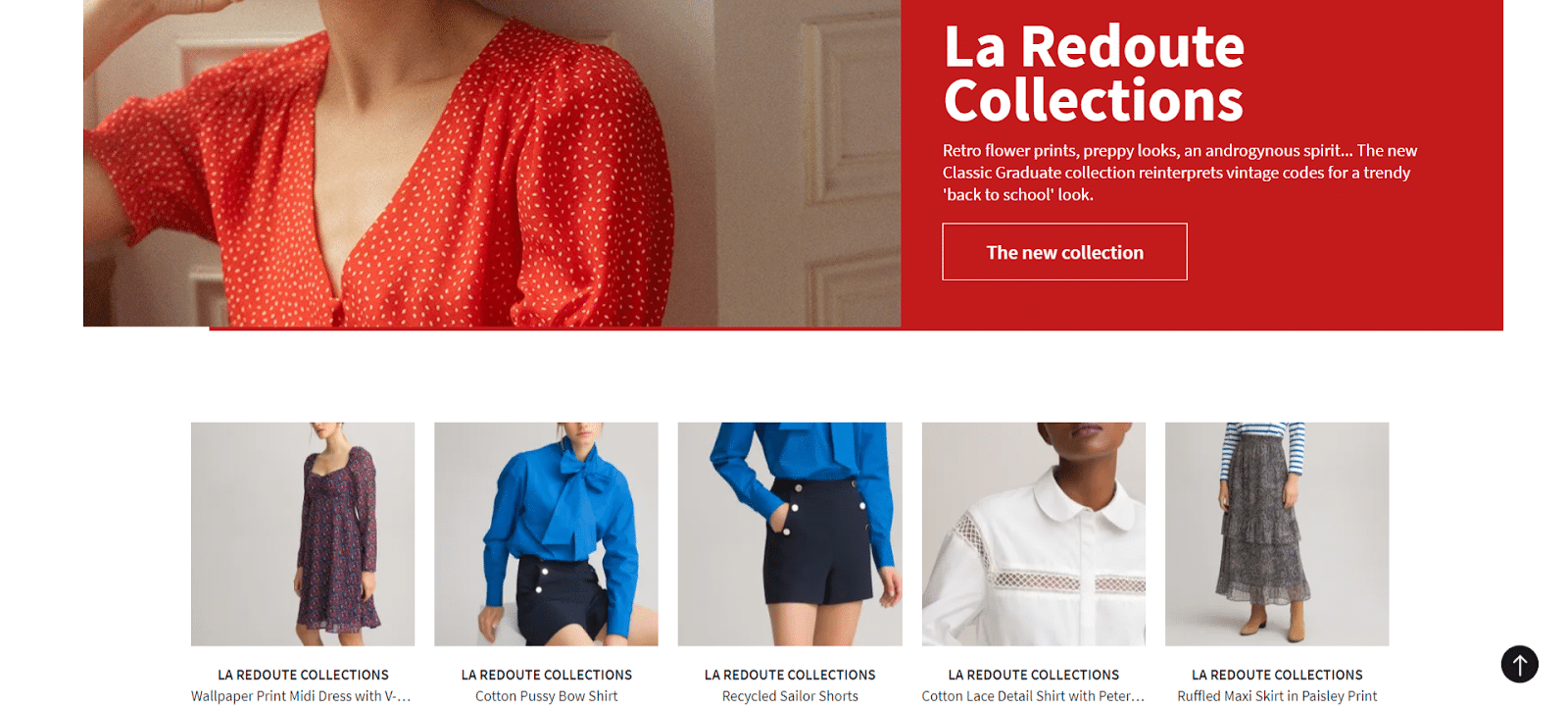The term eCommerce discovery pertains to how customers find and explore products on your website. There is no one way to do this, as discovery can be prompted by the search function (be it textual or visual), thematic galleries, and recommendation engines, among others.
It is important that customers find the perfect product at the right time, regardless of their motivations, to drive engagement and conversions. Considering how competitive and saturated eCommerce has become, a memorable and successful eCommerce discovery is now often founded on personalization.

What’s the Importance of eCommerce Discovery?
Shopping online today is hardly a linear experience. Customers find many ways to discover new products, from social media to blogs, and marketplaces to magazines. As such, it is important for brands and retailers to stand out if they want to boost their revenue and promote company growth.
Good products are also not enough to sell. Customers look at the entire eCommerce experience to decide whether they should continue the journey all the way to checking out their cart. Everything is under scrutiny—from the responsiveness of your website to the relatability and authenticity of your brand story. An effective eCommerce discovery binds these together to form a positive impression.
A good discovery process also sets the tone for the customer experience. Your shoppers won’t get to the perks you offer such as free shipping, loyalty programs, and more if they can’t find the items they’re after. Meeting and going beyond the expectations of your customers not only drives conversions but also grows retention. Shoppers encounter many products in a day; it is up to you to make customers turn to your brand whenever they have an item in mind.
This sounds all simple in theory but is tricky to execute as many factors come into consideration in creating an effective eCommerce discovery and a customer journey worth continuing and going back for.
 A product collection from La Redoute that promotes eCommerce discovery
A product collection from La Redoute that promotes eCommerce discovery
eCommerce Discovery: Best Practices
Here are some practices brands can implement to surface the right products to their target audience at the right moment:
- Make website navigation intuitive. Brands should not make it hard for customers to connect to their ideal products. You can experiment with image-based navigation or faceted search so shoppers can immediately recognize and choose product attributes that matter to them.
- Display accurate search results and relevant products. You can ensure this with the extensive use of product tags augmented by visual AI. Brands can also enable visual search, eliminating the need to put products into words.
- Create an engaging homepage. Make the right first impression by displaying fresh collections, thematic galleries, and user-generated content. Done right, you can entice customers to explore more of your website and find the product that would push them to convert.
- Improve the mobile experience. Many customers are shopping right from their phones. The experience should be smooth and created especially for mobile devices.
- Avoid zero-results pages. You can prevent pages with null results from becoming dead ends by taking the opportunity to recommend relevant products. You can also prompt customers to return to the last page they visited.